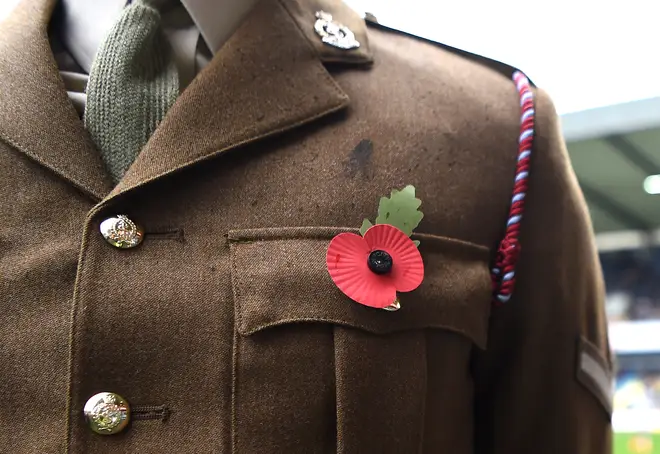
Henry Riley 7pm - 10pm
8 November 2019, 10:23
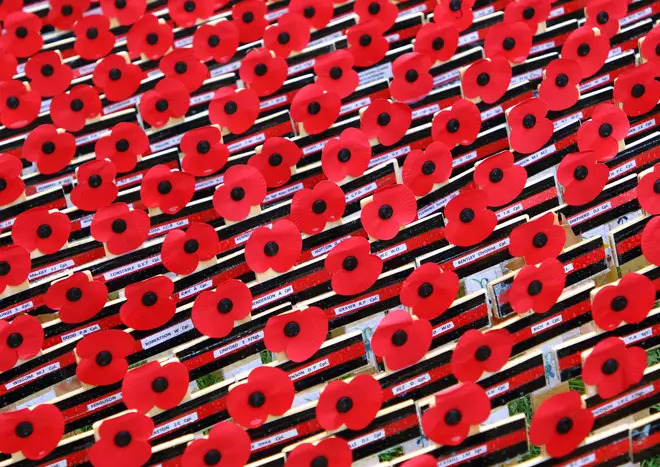
With Remembrance Sunday approaching, here is everything you need to know about why we mark Armistice Day and the history of the poppy appeal.
Armistice Day is marked on 11 November every year because World War One ended at 11am on the 11th day of the 11th month, in 1918, when the armistice was signed.
Remembrance Day is celebrated on the Sunday closest to Armistice Day on 11 November. This year Remembrance Sunday takes place on 10 November.
A two-minute silence is held at 11am on Remembrance Sunday to remember soldiers who have died in wars.
Services are held across the country, with the most high-profile event taking place at the Cenotaph in London. The Remembrance procession is attended by the Royal Family, politicians and the Royal British Legion.
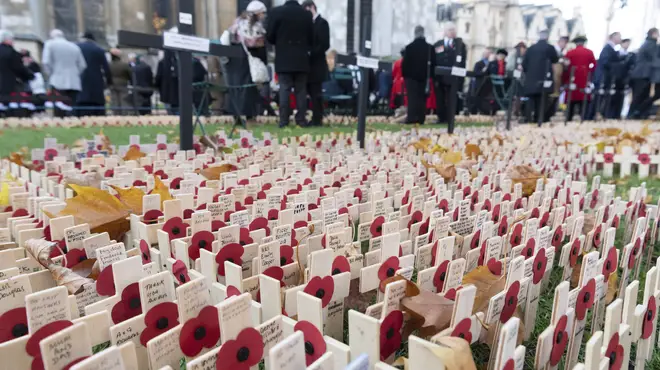
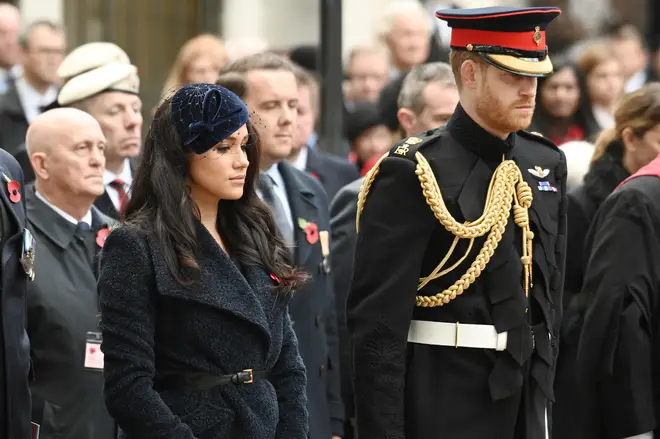
The poppy appeal is the Royal British Legion's biggest fundraising campaign, held every year in November, the month of remembrance.
The Royal British Legion is a charity that provides financial, social and emotional support to members and veterans of the British Armed Forces, their families and dependants. It sells poppies for people to wear as a show of support and respect for the Armed Forces community.
This year the Poppy Appeal is aiming to raise over £50 million to help support serving and ex-serving members of the Armed Forces community and their families.

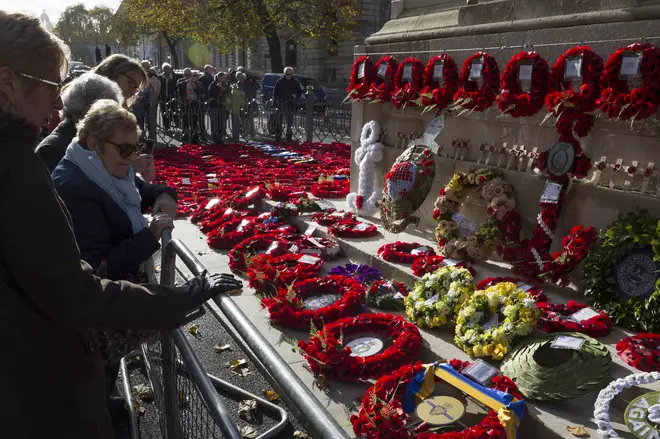
The history of the poppy goes back to World War One, where fighting, bombing and destruction took place on the Western Front.
Amid all the bleakness, bright red Flanders poppies flourished in the middle of of Flanders fields, blooming in the battlefields and growing in their thousands.
Shortly after losing a friend in Ypres, Belgium, a Canadian doctor, Lieutenant Colonel John McCrae was moved by the sight of these poppies and that inspiration led him to to write the now famous poem 'In Flanders Fields'.
The poem then inspired an American academic named Moina Michael to adopt the poppy in memory of those who had fallen in the war and she campaigned to get it adopted as an official symbol of Remembrance across the United States. She worked with others who were trying to do the same in Canada, Australia and the UK.
Also involved with those efforts was a French woman, Anna Guérin who was in the UK in 1921 where she planned to sell the poppies in London.
There she met Earl Haig, founder of the Royal British Legion, who was persuaded to adopt the poppy as an emblem for the Legion in the UK.
The Legion, which had been formed in 1921, ordered nine million poppies and sold them on 11 November that year. They raised over £106,000 to help veterans with housing and jobs, which was a considerable sum at the time.
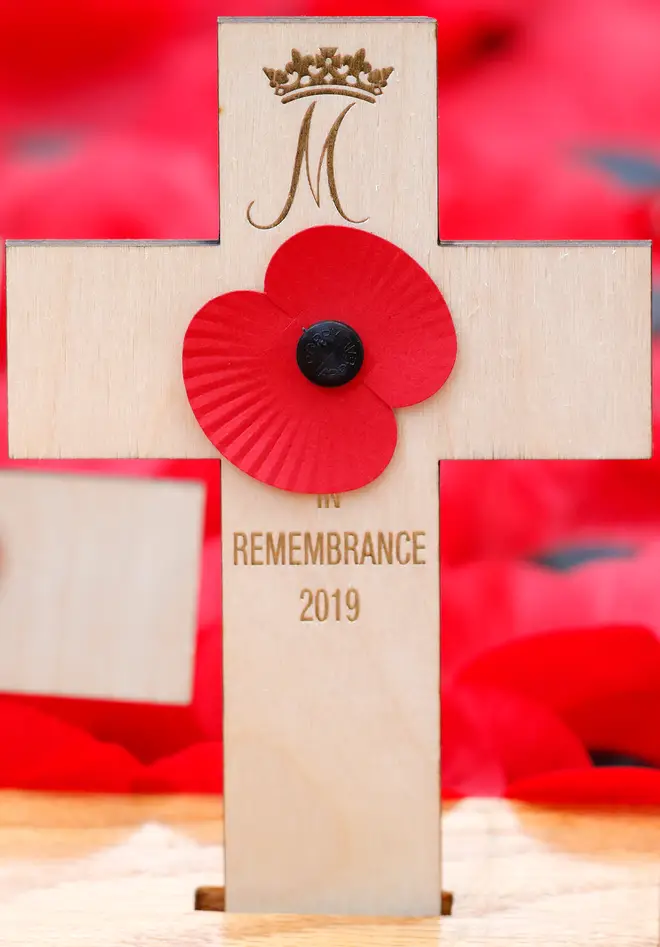
Some people say poppies should be worn to the left because it is close to the heart. Some women wear it on the right as that is where you would wear a brooch.
Others say that the poppy’s green leaf should be facing 11 o’clock to represent the 11th hour of the 11th day of the 11th month (when WWI ended).
However the Royal British Legion says the best way to wear a poppy is "simply with pride".
If you struggle to fasten the paper poppy on with a pin, it is also possible to buy poppy badges, pins, brooches, bags or car stickers.
